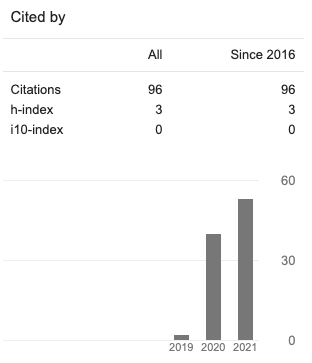The 10th Grade Students’ Folding Back Process in Solving Contextual Mathematical Problem
Abstract
Mathematical contextual problem can be useful for students because it is able to evoke higher student’s thinking and good mathematization to apply mathematics in real world. However, many students have been difficult in solving mathematical contextual problems, and some of them even have difficulty in understanding mathematical contextual problems. The folding back process is a key feature of the Pirie-Kieren theory about layers of mathematical understanding. Folding back occurs when students cannot solve a problem at an outer level of understanding directly, so they return to the inner level and reconstruct their understanding using their new knowledge. The purpose of this study is to analyze the folding back process in 10th grade students’ mathematical understanding based on the Pirie-Kieren theory in solving mathematical contextual problems. Thus, this study used qualitative approach. The subjects of this study were two students of grade 10th in Jakarta. The data were collected by giving two items of mathematical contextual problem and interviewing with semi-structured interview. The result of this study showed that both of the subjects often folding back to the primitive knowing level and go forward to the next level. This study showed that primitive knowing level was a key factor to solve mathematical contextual problems















